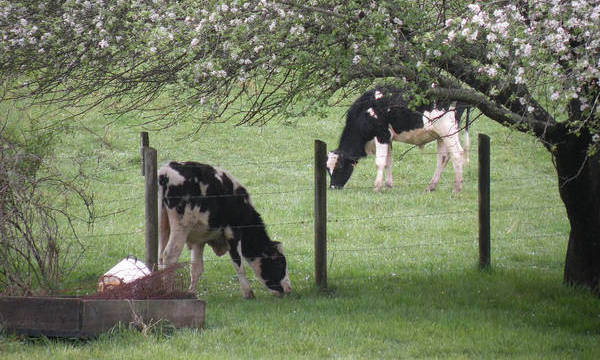A study conducted by researchers at the International Livestock Research Institute (ILRI) in Kenya, the Commonwealth Scientific and Industrial Research Organisation (CSIRO) in Australia, and the International Institute for Applied Systems Analysis (IIASA) in Austria was recently published by the Proceedings of the National Academy of Sciences (PNAS). This study has vast implications for understanding how to create sustainable livestock systems.
The study highlights important differences between developed regions—such as North America, Europe, China, and Latin America—and developing regions such as sub-Saharan Africa. For example, Europe, North America, and Latin America each produce 12-14 million tons of beef per year, while sub-Saharan Africa produces less than five million tons of beef per year. Additionally, industrial-scale operations account for 98 percent of all poultry and pork production in developed regions, but smallholder livestock producers account for 45 to 80 percent of pork and poultry production in Southeast Asia, South Asia, the Middle East, North Africa, and sub-Saharan Africa.
The study also found important environmental implications tied to beef, pork, and poultry production. More specifically, it found that feed efficiency—the amount of feed it takes to produce a kilogram of protein—varies between regions. In North America and Europe, a cow might consume 75-300 kilograms of feed to produce a kilogram of protein, while in sub-Saharan Africa, a cow might consume 500-2,000 kilograms of feed to do so. This is due to the “higher nutritional and digestive quality of pastures in more temperate regions,” such as those found in North America and Europe.
In terms of greenhouse gas emissions produced by animals due to their diet, the highest total livestock-related greenhouse gases, according to the study, come from the developing world even though it produces a lower quantity of livestock products. More specifically, it produces 75 percent of the global emissions that come from cattle and 56 percent of the global emissions that come from poultry and pigs. The authors attribute this difference to the quality of the livestock feeds that are used in the developing world as well as less productive breeds.













